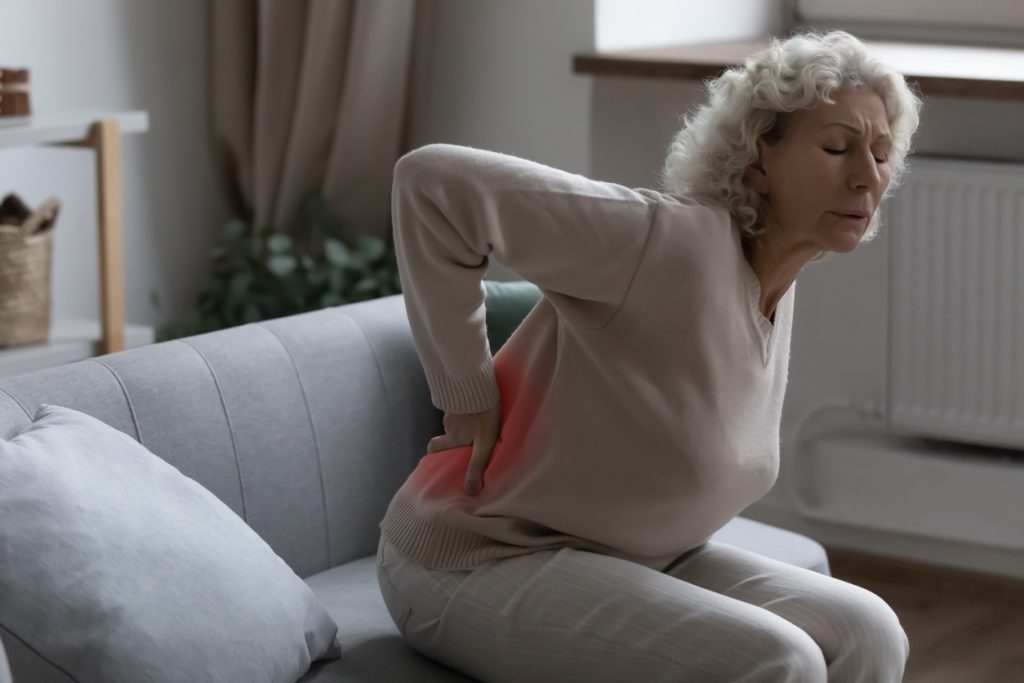Back pain can be a disabling health condition at any age. However, older adults aged 60 and over are more likely to suffer back pain related to spinal degeneration. These conditions may not create significant symptoms at the beginning, so the patient may be unaware of their existence. Unfortunately, some of these conditions become worse over time and may cause a great deal of discomfort and loss of mobility. Here are four conditions that may lead to back pain in the elderly.
Osteoarthritis
Arthritis in the spine can lead to irreversible damage to the facet joints. The cause may be related to wear and tear over the years. Osteoarthritis is common in the neck and low back. As the protective cartilage that cushions the spine breaks down between the joints, there is inflammation, stiffness, and pain. Bone spurs that press on nerves may form. Symptoms the patient may notice include loss of movement or flexibility. If any nerves are affected, there may be numbness or weakness in the arms or legs.
Spinal Stenosis
Spinal stenosis is a narrowing of the spaces within the spine. The bony openings, or foramina can narrow with age and compress the nerves that go through the spinal cord or even the spinal cord itself. This condition is also a result of wear and tear over time. Lumbar stenosis is the most common type, often causing debilitating pain in the low back. Other symptoms include numbness, tingling, and weakness in one leg or foot. Spinal stenosis can also occur in the neck. The patient may feel symptoms from the neck that radiate to their shoulders and down the arms.
Osteoporosis
Although both men and women can develop osteoporosis, it is more common in post-menopausal women. Their bones become thinner, losing density and mass. Bone fractures are a serious consequence of osteoporosis, but other symptoms include stooped posture and back or neck pain. Spinal compression fractures may lead to nerve compression.

Degenerative Disc Disease
Spinal discs gradually dry out as people age. The discs become stiff and no longer act as shock absorbers for the spine. The discs may lose height and collapse, or they may start to bulge. Pressure on the nerves may cause significant pain. Degenerative disc disease is common in the neck and low back.
Diagnosis and treatment
The physician will want to perform a thorough physical examination of the patient. A complete medical history will be reviewed, and the patient will be evaluated for muscle weakness, reflexes, and loss of sensation in the arms or legs. Diagnostic tests may be ordered including x-rays, a CT scan, or an MRI. Some patients respond well to conservative, non-operative treatments including over-the-counter pain relievers, physical therapy, and interventional pain management. Surgery may be recommended in cases where the pain is severe and non-surgical treatments have not been effective.


